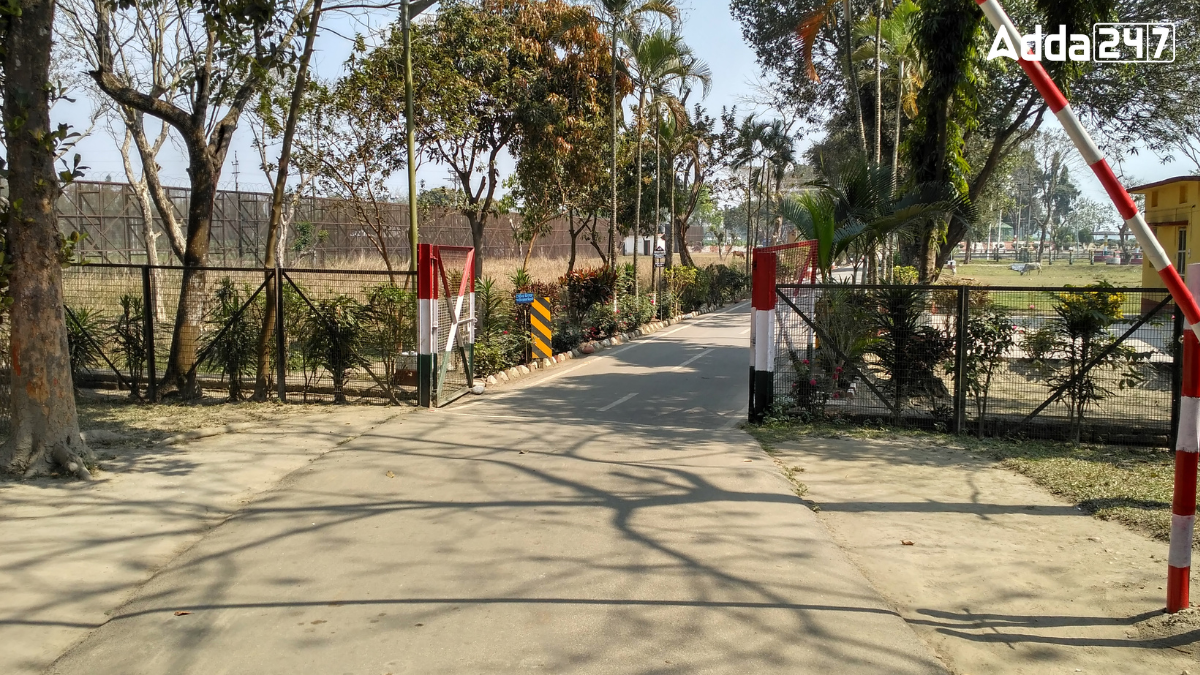The Tin Bigha Corridor is a narrow strip of land that holds historical and political importance. It connects an isolated area with its mainland, helping people access essential services like healthcare, education and markets. The corridor was created after years of agreements between two neighboring countries. It plays a key role in promoting better relations and ensuring the smooth movement of people and goods.
Tin Bigha Corridor is Located on the Border of Which two Countries?
The Tin Bigha Corridor is a narrow strip of land on the border between India and Bangladesh. It connects the Dahagram-Angarpota enclave in Bangladesh with its mainland. The corridor is important as it follows people living in the enclave to access essential services like healthcare and education. It also symbolizes cooperation between the two neighboring countries.
Location and Size of Tin Bigha Corridor
The Tin Bigha Corridor is situated in the Cooch Behar district of West Bengal, India, near the Lalmonirhat district of Bangladesh. It is approximately 178 meters long and 85 meters wide.
History of the Corridor
The corridor’s creation begin with the Indira Gandhi-Sheikh Mujibur Rahman Treaty signed on May 16, 1974. Under this agreement, India and Bangladesh planned to exchange territories to settle border disputes. However, due to political issues, the corridor could not be transferred immediately. In 2011, India leased the corridor to Bangladesh, allowing its citizens to use the road permanently.
Purpose and Significance of Tin Bigha Corridor
The corridor connects the Dahagram-Angarpota enclave to Bangladesh’s mainland. Before the corridor was fully open, people faced hardships due to limited access. After October 19, 2011, it was opened 24 hours a day, making travel and access to healthcare easier.
Current Status of the Corridor
Today, the Tin Bigha Corridor is fully operational. It is guided by Indian Border Security Forces (BSF) and Bangladeshi security to ensure safe and smooth passage. The corridor has improved the lives of the enclave’s residents by providing better access to essential services.



 Exploring Bondi Beach: Sun, Surf and Syd...
Exploring Bondi Beach: Sun, Surf and Syd...
 Chakrashila Wildlife Sanctuary: Location...
Chakrashila Wildlife Sanctuary: Location...
 Top-7 Oldest Palaces in India, Check the...
Top-7 Oldest Palaces in India, Check the...







